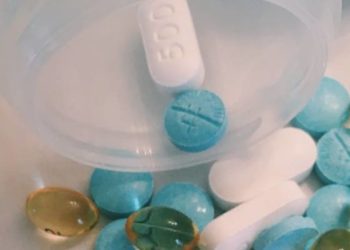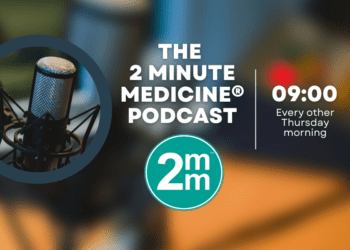Buprenorphine most responsible for pediatric hospitalizations due to unsupervised ingestion
1. Of the over 9,000 annual hospitalizations of children under the age of 6 for unsupervised medication ingestions, opioids and benzodiazepines are the most commonly implicated medication classes.
2. Hospitalization rates for buprenorphine ingestion were significantly higher than rates for any other active medication ingredient.
Evidence Rating Level: 2 (Good)
Study Rundown: Despite measures to deter young children from unintentionally ingesting prescription medications, such as caregiver education and the implementation of child-proof containers, incidents of unsupervised ingestions have been increasing. This study assessed the types of medications that are most frequently associated with emergency room visits due to unsupervised ingestion by children less than 6 years of age. The most commonly involved drug class in these incidents was opioid analgesics, followed by benzodiazepines. More specifically, buprenorphine and clonidine were the active ingredients most commonly implicated in these hospitalizations. The hospitalization rate for buprenorphine ingestion was significantly higher than that for the next most common medication. This study suggested that some medications are more likely to be ingested by young children than others. As a result, an effective way to reduce these incidents would involve directing public health policy towards increasing safety measures for particular drugs. Although this study identifies drug classes that warrant more scrupulous attention, it is limited by potential underreporting because the surveillance database did not include hospitalizations of directly admitted or transferred children.
Click to read the study, published today in Pediatrics
Relevant Reading: Preventing medication overdoses in young children: an opportunity for harm elimination
Study Author, Maribeth C. Lovegrove, MPH, talks to 2 Minute Medicine: Division of Healthcare Quality Promotion, Centers for Disease Control and Prevention, Atlanta, Georgia.
“The finding of 9,500 hospitalizations a year for unsupervised ingestions of prescription medications by young children suggests that there is an opportunity for innovative, targeted prevention approaches. Healthcare professionals play a crucial role in educating new generations of parents, grandparents, and other caregivers about the importance of storing all medications up and away and out of the reach and sight of young children.”
In-Depth [retrospective cohort]: This study used hospitalization data from the National Electronic Injury Surveillance System-Cooperative Adverse Drug Even Surveillance (NEISS-CADES) database of 63 nationally-representative hospitals in the United States. Hospitalizations were defined as inpatient admissions, transfers, and observation admissions. An estimated 9490 emergency room hospitalizations of children ages 1 through 6 for unsupervised medication ingestion took place annually between 2007 and 2011 (95% CI: 5420-12560). Of these hospitalizations, 75.4% of patients were 1 or 2 years old (95% CI: 72.1%-78.7%). Twelve medication classes made up 79.1% of these hospitalizations (95% CI: 73.4%-84.9%), with opioid analgesics making up the largest proportion at 17.6% (95% CI: 12.9%-21.2%). Buprenorphine was the most commonly implicated active ingredient (7.7% of hospitalizations), followed closely by clonidine (7.4%). Sixty-two percent of ED visits due to buprenorphine ingestion resulted in hospitalization. The hospitalization rate for buprenorphine-containing medications was 200.1 per 100,000 unique patients and was 97 and 238 times higher than for oxycodone and hydrocodone, respectively.
More from this author: Virtual visits linked to decreased stress in hospitalized children, Early-onset basal cell carcinoma linked to indoor tanning, Caffeine affects teen boys, girls differently, Rotavirus vaccination associated with decreased rates of health care utilization, Childhood sexual abuse associated with later suicide attempts
Image: PD
©2012-2014 2minutemedicine.com. All rights reserved. No works may be reproduced without expressed written consent from 2minutemedicine.com. Disclaimer: We present factual information directly from peer reviewed medical journals. No post should be construed as medical advice and is not intended as such by the authors, editors, staff or by 2minutemedicine.com. PLEASE SEE A HEALTHCARE PROVIDER IN YOUR AREA IF YOU SEEK MEDICAL ADVICE OF ANY SORT.







